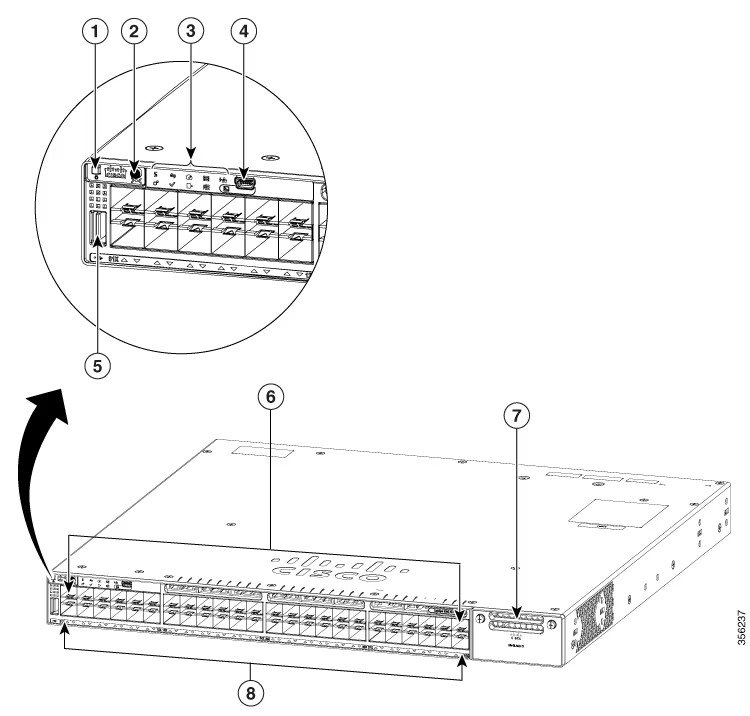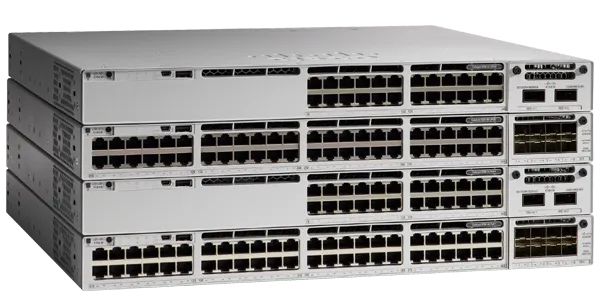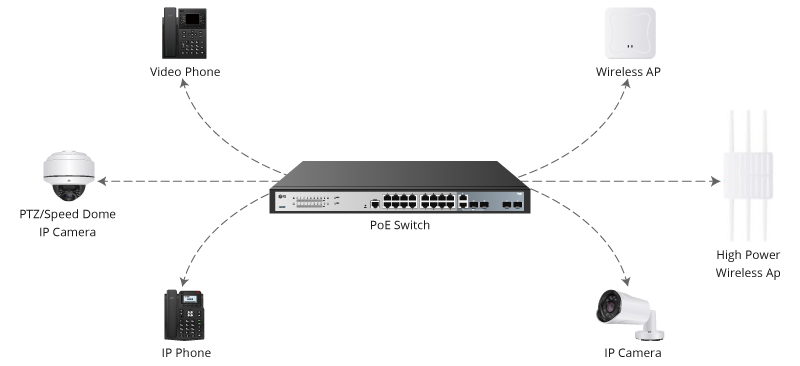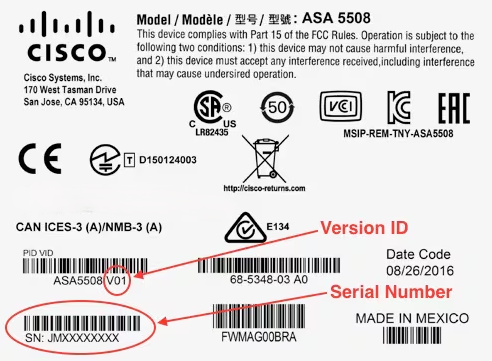































IoT requires a variety of wireless technologies to power devices that are on the move. This strategy can get complicated when devices start moving not just across corporate campuses but between continents. Global manufacturers of IoT-enabled devices face this exact challenge: how to localize products efficiently and cost-effectively. Often IoT-enabled devices are built and tested in one region and distributed to international markets spanning across multiple continents. That means a device must be prepared to connect to different cellular networks depending on the destination to meet regulatory requirements or to achieve best price and network performance. How should manufacturers manage this given that SIM cards are network specific?
The answer used to be stocking and coordinating multiple SIM SKUs during the manufacturing process, and installing the right SIM either at manufacturing, or replacing SIMs on these devices after they are delivered to destination markets. Both solutions were complex, expensive and error prone.
Connected car manufacturers have faced this problem for years and pushed for eSIM technology to solve it. An eSIM is a flexible SIM card that can be remotely reprogrammed over the air to switch to any network carrier. Install one eSIM during manufacturing and change the carrier on the fly. As manufacturers prepare for the rise of IoT-enabled products, they should look to connected car
 Hot Tags :
Internet of Things (IoT)
Transportation
Manufacturing
Cisco Industrial IoT (IIoT)
eSIM
SIM
Cisco IoT Control Center
Hot Tags :
Internet of Things (IoT)
Transportation
Manufacturing
Cisco Industrial IoT (IIoT)
eSIM
SIM
Cisco IoT Control Center